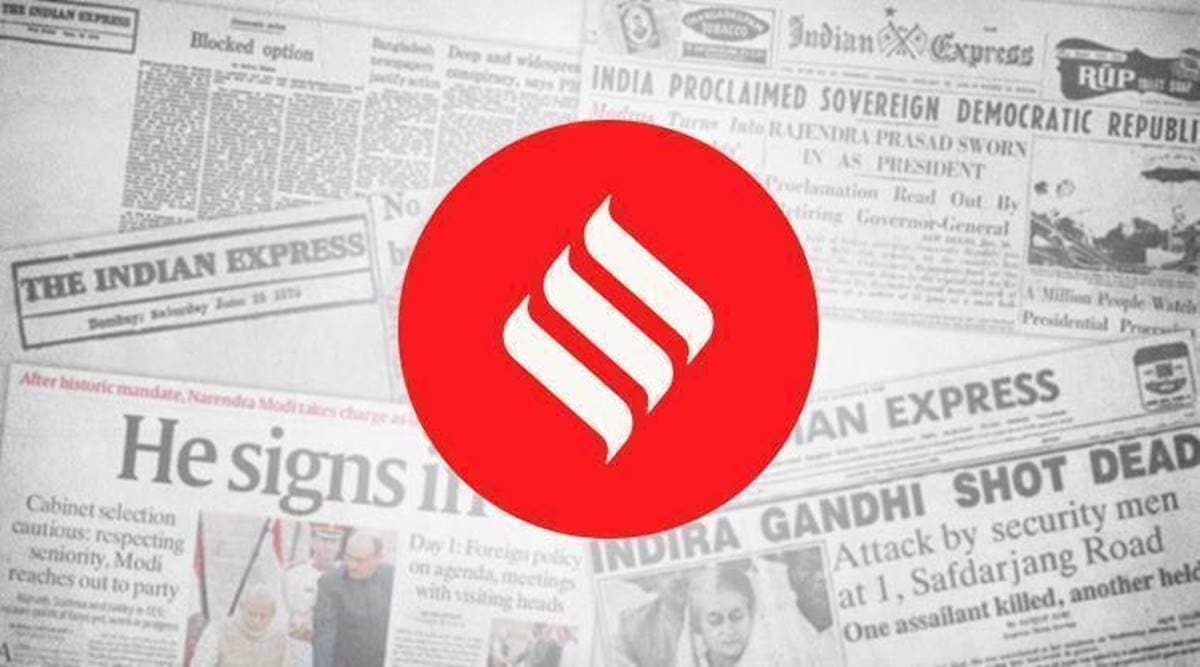 This will have grave consequences for the economic recovery.
This will have grave consequences for the economic recovery. Last year, with the collapse in economic activities because of the onset of the pandemic denting state governments’ revenues, the central government had eased their hard borrowing constraints, allowing them to borrow 5 per cent of their gross state domestic product (GSDP), up from 3 per cent, in order to finance their expenditure. Of the two percentage point increase in the borrowing limit, 0.5 per cent was unconditional, while the remaining borrowing was subject to the successful completion of Centre-mandated reforms. While some states objected to the conditional nature of the borrowing, several others did in fact implement the reforms, creating space for them to borrow more and thus be able to spend more. However, as their budgets for the financial year 2021-22 indicate, many did not fully utilise this additional borrowing space. This means that these states may have had to curb their spending during a pandemic year, when the economy needed greater government support. The situation may well repeat itself this year. The net borrowing ceiling for the states has been fixed at 4 per cent of GSDP. But, the average budgeted fiscal deficit of 13 large states is lower at 3.3 per cent of GSDP, implying that this year too, states are budgeting to borrow less, and thus spend less than what they can. This will have grave consequences for the economic recovery.
Of particular concern, especially at this juncture when medical resources are stretched, and demand for critical medicines and oxygen cylinders far outstrips supplies, is state spending on healthcare. According to a report by economists at SBI, the budgeted expenditure on health and family welfare (for 13 states) is pegged to grow by a mere 6.5 per cent in 2021-22. This, despite some of these states, especially the ones hit harder by the second wave, having considerable leeway to borrow more. Maharashtra, for instance, has pegged its fiscal deficit for 2021-22 at 2.2 per cent, implying that it has room to borrow more to spend. Considering that states now have to shoulder the financial burden of the vaccination drive as well, they should immediately ramp up health allocations, lest some critical expenditure is crowded out.
The impact of the second wave of infections is now beginning to show up in various economic indicators. But, even before this wave of infections, the economy had not fully recovered to pre-COVID levels, the scarring of the labour market was still visible. Considering the scale of this crisis, the possibility of future waves and the uncertain economic outlook, far greater government support is needed. Subdued spending by states, which accounts for a greater share of general government spending, poses risks to the economic recovery. State governments, at the forefront of fighting this pandemic, must utilise the fiscal space available to them to support the economy during these difficult times.
- The Indian Express website has been rated GREEN for its credibility and trustworthiness by Newsguard, a global service that rates news sources for their journalistic standards.

